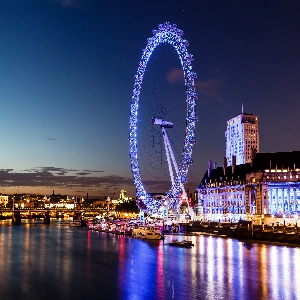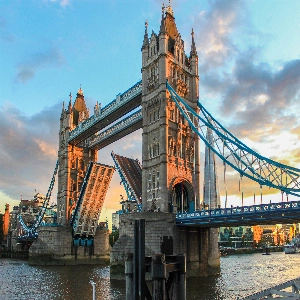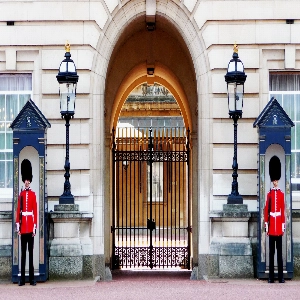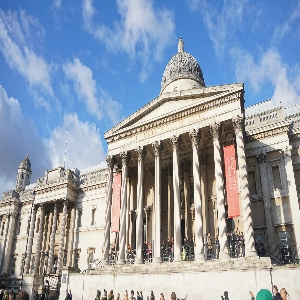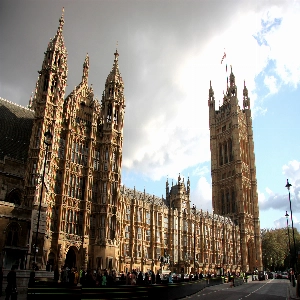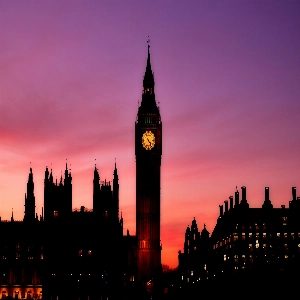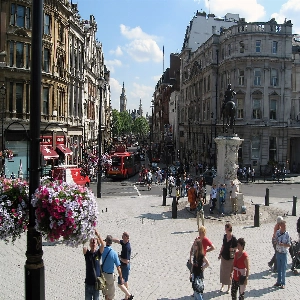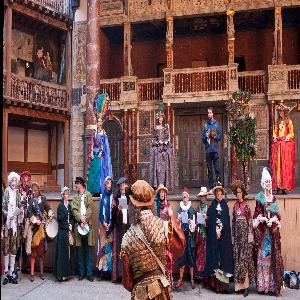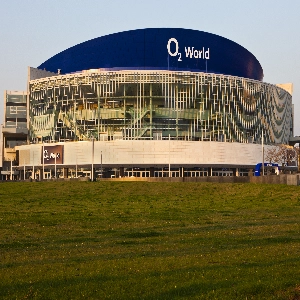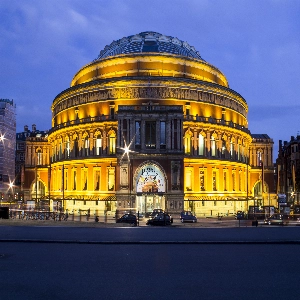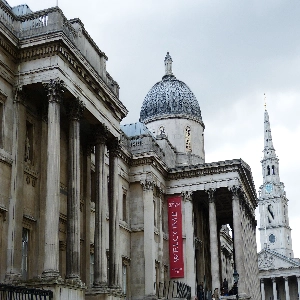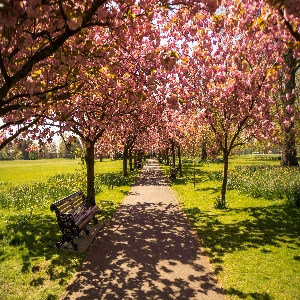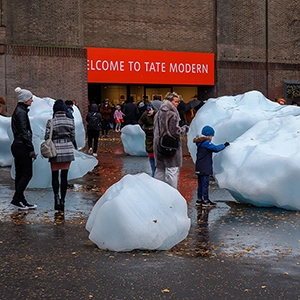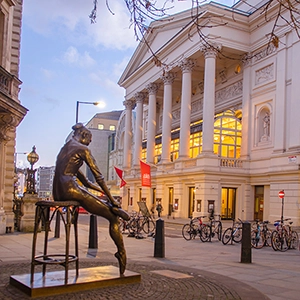Discover The Architectural Elegance Of St. Paul's Cathedral: A Masterpiece Of Baroque Design

Introduction
St. Paul's Cathedral is a prominent and iconic landmark in London, England. As one of the oldest and largest cathedrals in the United Kingdom, it is a symbol of the country's rich religious and cultural history. The cathedral has survived natural disasters, political changes, and the destruction of World War II. The timeless beauty and historical significance of St. Paul's continue to draw tourists, pilgrims, and locals alike to its impressive structure and rich heritage.
History of St. Paul's Cathedral
The history of St. Paul's Cathedral can be traced back to 604 AD when the first Bishop of London, Mellitus, founded a church on Ludgate Hill, dedicated to St. Paul the apostle. Built of wood, the original structure was destroyed in the Great Fire of London in 1666. Christopher Wren, a renowned English architect, was commissioned to design and oversee the construction of the new St. Paul's Cathedral. The neo-classical-style Wren's masterpiece, featuring an awe-inspiring dome, was completed in 1710 and remains largely unchanged to this day.
The Architecture of St. Paul's Cathedral
St. Paul's Cathedral is a blend of classical and baroque architectural styles. Its impressive dome, which stretches 365 feet above the city, is a defining feature and was inspired by St. Peter's Basilica in Rome. The cathedral was also the first church building in the country to be designed with a double-shell dome, which provides structural support and creates a breathtaking space beneath it. Another significant architectural feature is the cathedral's West Front portico, which is lined with six Corinthian columns and flanked by two towers, symbolizing the Old and New Testaments.
Interior Highlights
The interior of St. Paul's Cathedral showcases the work of many renowned artists and craftsmen. The long nave, stretching 525 feet, leads to the magnificent dome that is ringed by eight mosaics depicting scenes from St. Paul's life. Beneath the dome, visitors can find the Whispering Gallery, 259 steps above ground, with a unique acoustical quirk that allows speech to travel across the domed ceiling, hence its name.
The crypt of the cathedral is the resting place for many notable historical figures, including Christopher Wren, Admiral Lord Nelson, and the Duke of Wellington. Visitors to the crypt can also find the tombs of many famous artists, scientists, and military leaders, including Sir Isaac Newton, James Thornhill, and John Donne. Moreover, the cathedral houses an extensive collection of religious relics and treasures, including the High Altar cross with flaming urns symbolizing the Great Fire of London.
St. Paul's Cathedral in World War II
During World War II, St. Paul's Cathedral stood as a symbol of hope and defiance amid the destruction of the London Blitz. Despite suffering several near misses and bomb strikes, the cathedral remained largely intact, thanks in part to the dedication of a group of volunteers known as the St. Paul's Watch. Their efforts to protect the iconic building from enemy bombs ensured that Londoners would continue to look to St. Paul's as a beacon of hope during their darkest days.
St. Paul's Cathedral in Modern Times
In recent times, St. Paul's Cathedral has played host to numerous national and international events. It was the site of the wedding of Prince Charles and Lady Diana Spencer in 1981, drawing a worldwide television audience of nearly 750 million people. The venue has also hosted state funerals for Churchill and Thatcher, and memorial services for the victims of the September 11 attacks, the Grenfell Tower Fire, and the London bombings, in addition to countless concerts, lectures, and exhibitions.
Visiting St. Paul's Cathedral
St. Paul's Cathedral is open to the public for religious services and sightseeing tours. Guided tours offer insight into the cathedral's history, architecture, art, and the hidden details that may be overlooked by casual visitors. The dome itself can be climbed, with spectacular views awaiting those who make the 528-step journey to the top of the Golden Gallery. In addition, the cathedral's official website offers virtual tours, allowing visitors to explore the building from the comfort of home.
Conclusion
St. Paul's Cathedral is a testament to the resilience and ingenuity of the people of London. It stands proudly as an enduring symbol of the city's strength, faith, and determination to overcome adversity. Its rich history, stunning architecture, and fascinating interior make it an essential stop for anyone visiting London. Whether attending a religious service, marveling at the splendid artistry, or climbing the golden stairs to take in the views, visitors to St. Paul's Cathedral will be captivated by the profound beauty of this magnificent structure.

